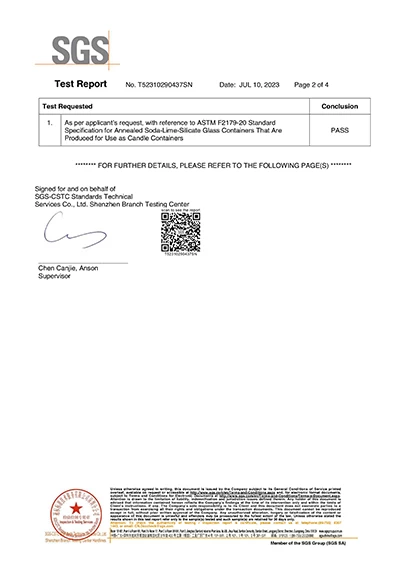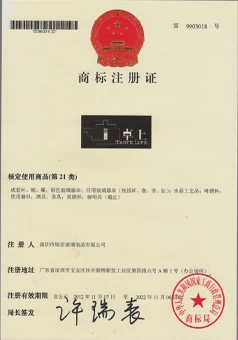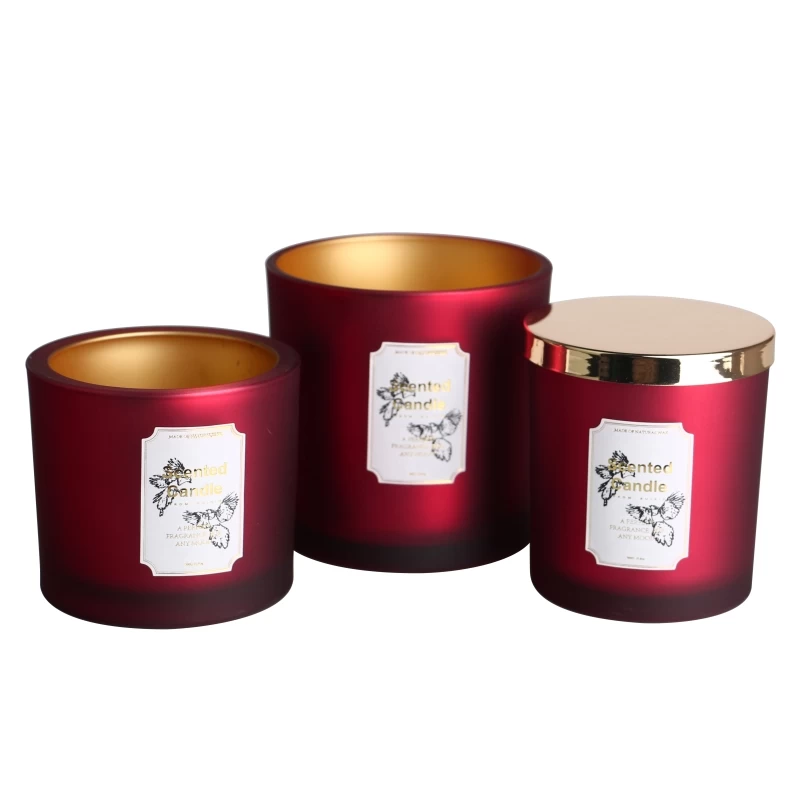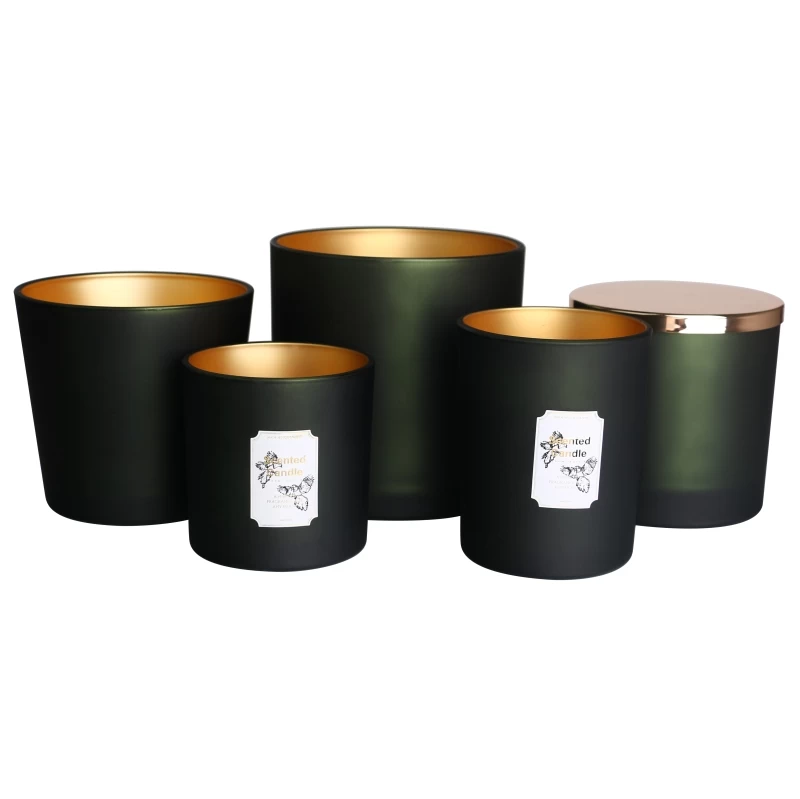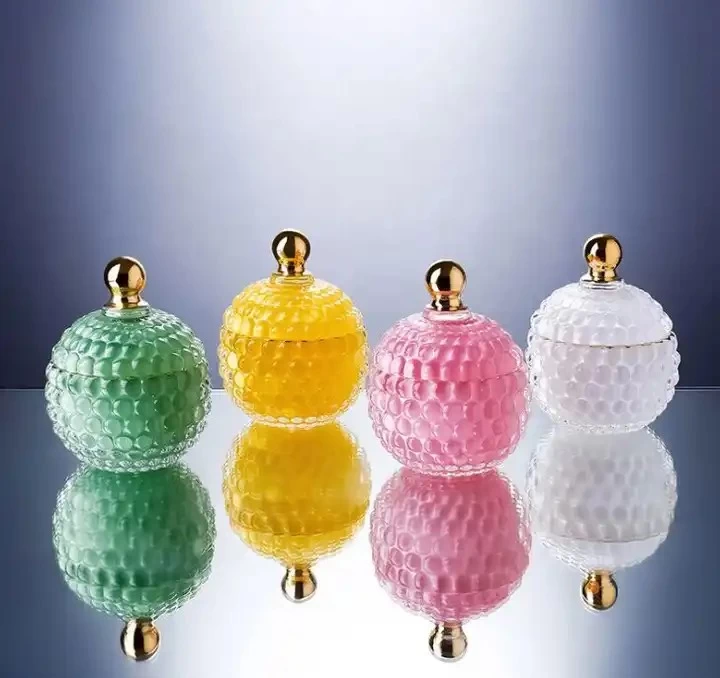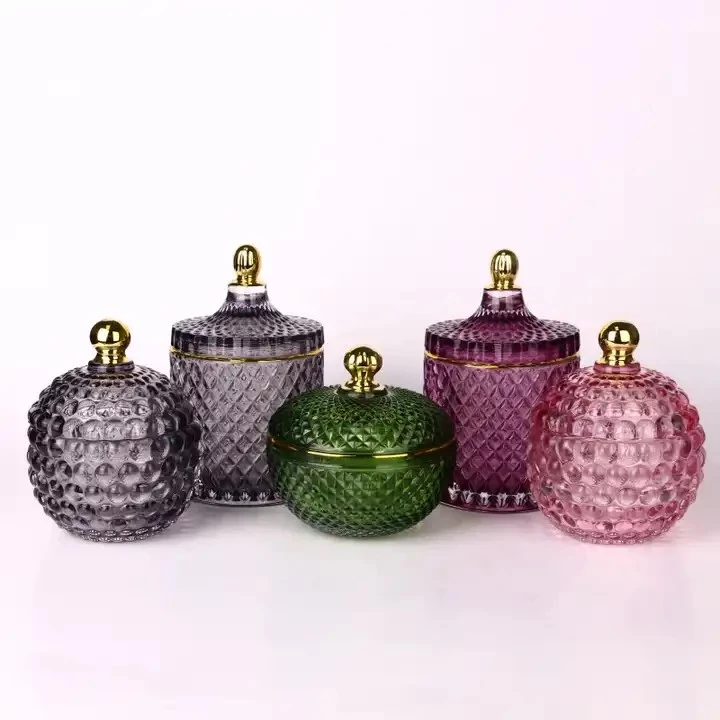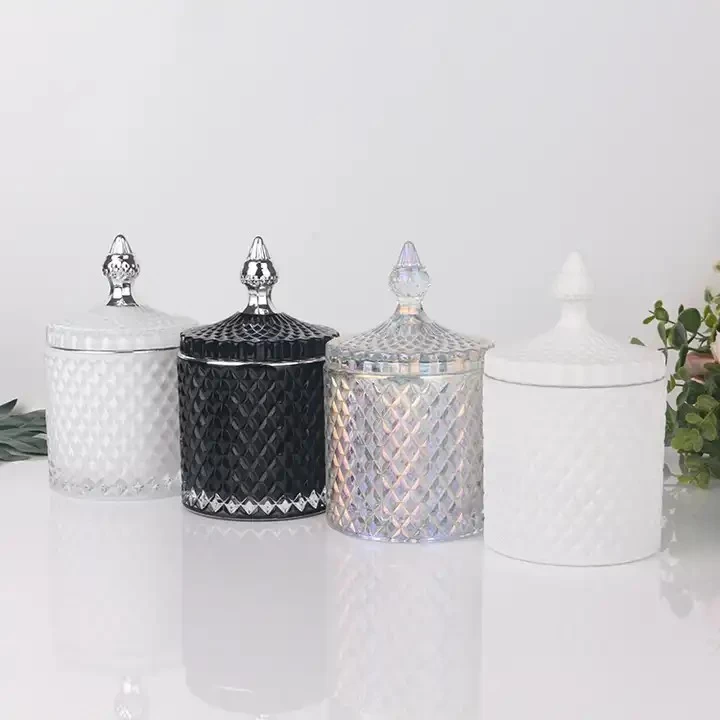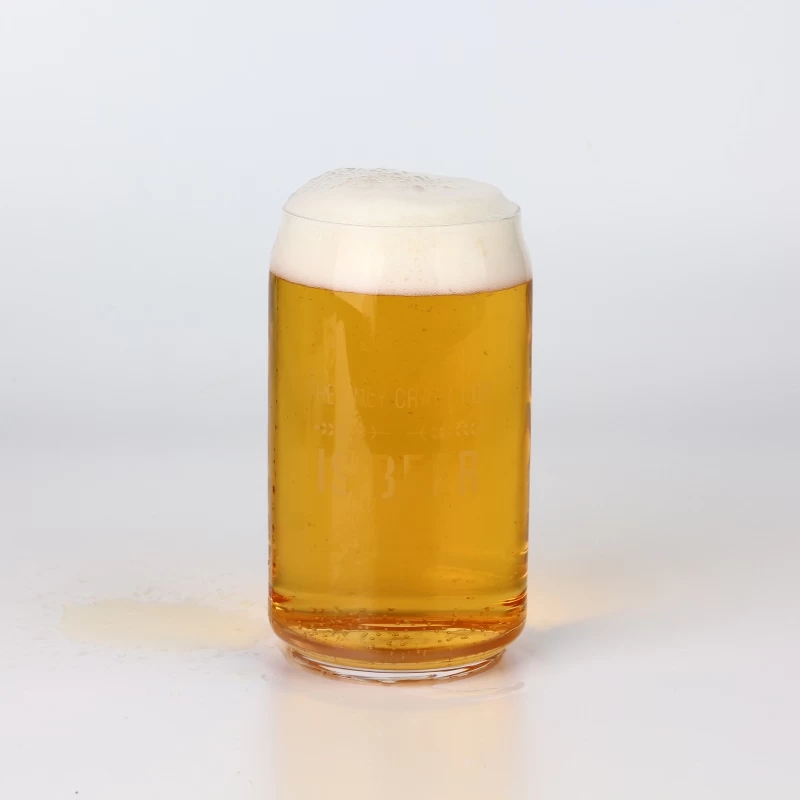Glass packaging industry on the classification of glass bottles and requirements
The production of glass products to the highest production of glass bottles. World glass production in 1980 was 68Mt, of which glass bottle production was 40.8Mt.
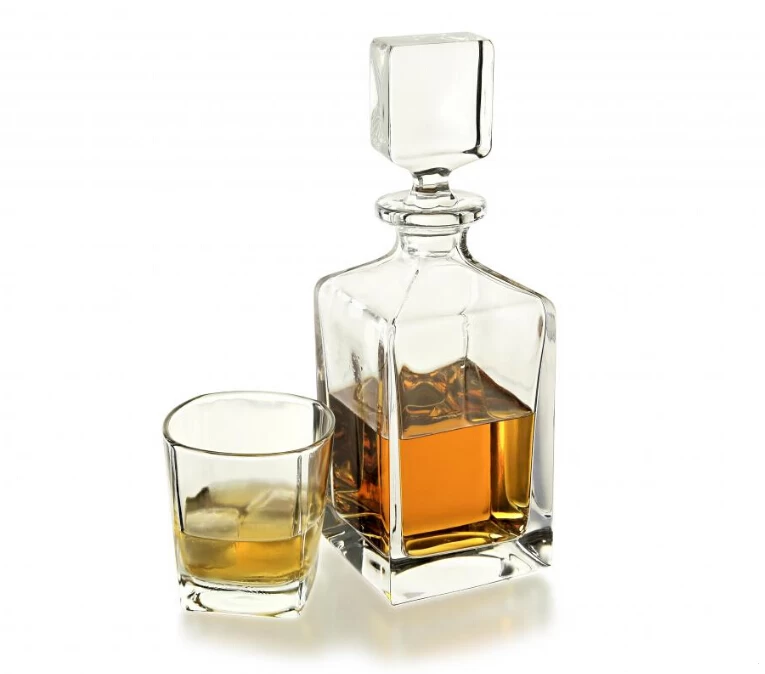
From 2000 to the first 500 BC, humans can make hollow glassware. After blowing pipe was started in 200 BC, the oil and wine industry used insulated glass as a container. During the Roman Empire, the demand for glass containers increased, the vast majority of products are round bottom, to be supported by iron or wooden frame. Later, due to the development of the mold for blown glass, flat-bottomed bottles without brackets were manufactured. From the 5th to the 15th century, drawing and blowing technologies developed greatly, laying the foundation for the mechanization of glass making. In 1867, the Siemens brothers used a continuous melting furnace in the regenerator for the glass industry, making it possible to mass-produce glass jars. 1880 ~ 1890 invented the pressure-blow manufacturing jug and blow-blow method of making small mouth bottle molding technology (see glass). 1900 saw the first motor-driven bottle maker. 1904 ~ 1905 the United States M.J. Owens created full-automatic line year, gob feeder began to develop. 1914 semi-automatic blowing - blowing mature technology development. In 1925, the United States Hadford - Enpel company successfully developed determinant bottle making machine, the use of blow-blow method of production, and later developed into pressure-blow method can also be produced. This determinant bottle making machine is still the main model used today, and gradually to the multi-unit, multi-drop material direction.
In the Tang and Song Dynasties, China had adopted blowpipe blowing of hollow glass containers. Modern glass industry was formed in 1904 ~ 1908. Established in 1931, Shanghai Jinghua Glass Factory is the first factory in China that manufactures glass bottle cans continuously using a horizontal flame and a horseshoe-shaped regenerator pool kiln and an automatic bottle making machine. After the 1950s, a number of large-scale modern bottling factories were built. In the 1980s, the biggest improvement in the production of glass bottles and cans was the lightweight glass bottles, which can save raw materials and fuels, increase production speed and reduce transportation costs.
③ bottle size points, a wide mouth, small mouth, spray mouth and other bottles. Bottle diameter greater than 30mm, shoulder or shoulder less known as wide mouth bottles, commonly used to hold semi-fluid and powder or solid block; less than 30mm in diameter is called a small mouth bottle, commonly used to hold a variety of fluid items.
④ according to the bottle cap and cap in the form of points, a continuous thread bottle, cork bottle, pouring bottle, crown cap bottle, cap roller cover, plastic cover bottle, spray bottle , Pressure on - Unscrew the bottle, side seal - pry open the bottle, glass frosted bottle mouth, bottle handle and bottle mouth bottle cans. Bottle size and tolerances are standardized.
⑤ according to the requirements of the use of bottle points, once with bottles and bottles recycling. Used once with a bottle that is disposable; Recycled bottles can be recycled several times, working with the turnaround.
⑥ press molding method points, there are molded bottles and control bottles. Molded bottle from the glass directly into the mold in the mold; control bottle is the first pull glass into a glass tube, and then processing molding.
⑦ bottles by color points, there are colorless, colored and opaque bottles. Most of the glass bottles are clear and colorless, allowing the contents to maintain their normal image. Followed by green and brown. The green is usually served in drinks; the brown is used in medicine or beer. They absorb ultraviolet light and are good for the contents. The average wall thickness of such a colored glass jar in the United States should make the transmittance of light waves with a wavelength of 290-450 nm less than 10%. A small number of cosmetics, creams and ointments and other items, then with opaque glass jar dress.
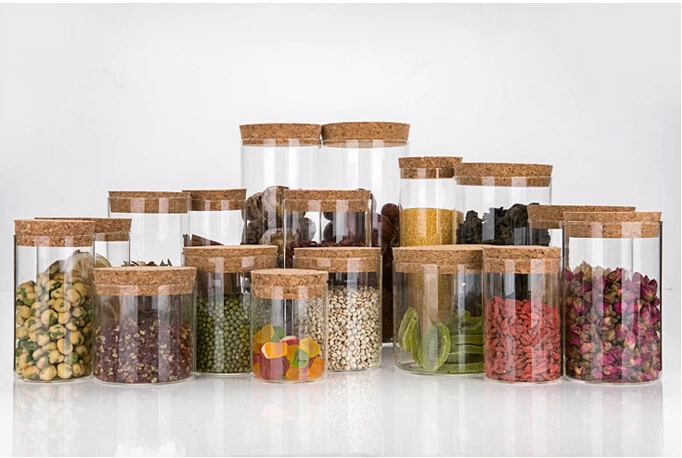
Raw materials and chemical composition Bottle glass compound generally consists of 7 to 12 kinds of raw materials. Mainly quartz sand, soda ash, limestone, dolomite, feldspar, borax, lead and barium compounds. In addition, there are agents, colorants, bleaching agents, opacifying agents and other auxiliary materials (see glass). Coarse grain quartz is difficult to melt completely; too fine particles in the melting process is easy to produce scum and dust, affecting the melting, easy to block the furnace regenerator. Suitable particle size of 0.25 ~ 0.5mm. For the use of waste glass, the general also added broken glass, the amount is usually 20 to 60%, up to 90%.
Glass bottles of glass chemical composition, according to their requirements, molding methods, molding speed, process characteristics and varieties of raw materials, there are differences. The vast majority of bottles using soda lime silicate glass. The main components of soda-lime silicate glass are SiO2, Na2O and CaO. The introduction of proper amount of Al2O3 and MgO can reduce the crystallization tendency of the glass, enhance the chemical stability and mechanical strength of the glass, and improve the formability of the glass. The chemical composition of soda-lime glass in most countries in the world is: SiO270-74%, CaO and MgO10-14%, Na2O and K2O13-16%, Al2O31.5-2.5%. The manufacture of colorless glass bottles, quartz sand Fe2O3 content is very low (usually about 0.03%). In ordinary soda-lime glass, adding Cr2O3 and Fe2O3, the glass was emerald green, adding sulfur-carbon or MnO2 and Fe2O3, the glass was brown. Containers filled bottles, requiring high chemical stability, with borosilicate glass manufacturing. High-grade cosmetic bottles, commonly used lead, barium or zinc crystal glass manufacturing, and some opal glass, fluoride generally used as opacifying agent.
① glass quality: uniform, no gravel, stripes, bubbles and other defects. Colorless glass of high transparency; color glass color uniform and stable, can absorb a certain wavelength of light energy.
② physical and chemical properties: a certain chemical stability, does not play a role with the dress. Has a certain degree of earthquake resistance and mechanical strength, can washing, sterilization and other heating, cooling process and withstand filling, storage and transportation, encountered internal and external stress, vibration, impact, can remain non-destructive.
③ forming quality: to maintain a certain capacity, weight and shape, wall thickness, mouth, smooth to facilitate filling and sealed well. No distortion distortion, the surface is not smooth, uneven and cracks and other defects.
Manufacturing Glass bottle manufacturing mainly includes batch preparation, melting, forming, annealing, surface treatment and processing, inspection and packaging processes.
② melting: the melting of glass bottles and more in the continuous operation of the flame pool furnace (see glass melting furnace) carried out. Horizontal Flame Kiln daily output of more than 200t, large up to 400 ~ 500t. Horseshoe flame pool kiln daily output more than 200t. Glass melting temperature up to 1580 ~ 1600 ℃. Fueling energy consumption accounts for about 70% of the total energy consumption in production. Through the pool kiln full insulation, increase the capacity of the regenerator grid brick, improve the heap distribution, improve combustion efficiency and control of liquid glass convection and other measures to effectively save energy. Bubbling in the melt pool can improve the liquid glass convection, strengthening the homogenization process, increase the amount of discharge. In the flame kiln with electric flux, can increase the output without increasing the melting furnace, improve quality.
③ molding: The main molding method, the application of blow-blow molding small mouth bottle, pressure - blow molding jar (see glass manufacturing). Less control law. The production of modern glass bottles widely used automatic bottle making machine high-speed molding. This bottle making machine has certain requirements on the weight, shape and uniformity of the gobs, so the temperature in the gutter should be strictly controlled. Automatic bottle making machine type more, of which the most commonly used determinant bottle making machine. This bottle maker gobs follow the bottle maker, rather than the bottle maker obeys gobs, so there is no spinning part, work safety, and any division can be a separate parking maintenance without affecting the other branch operations (Figure 1 ). Determining bottle making machine bottle wide range of pots, great flexibility, has developed into 12 groups, double-drop or three-drop molding and computer control.
④ annealing: glass bottle annealing is to make permanent residual stress glass reduced to allowable value. Annealing is usually carried out in a belt-type continuous annealing furnace, the maximum annealing temperature is about 550 ~ 600 ℃. Mesh belt annealing furnace (Figure 2) forced air circulation heating, the temperature distribution of the furnace cross-section consistent and the formation of air curtain, longitudinal air movement, the furnace with a uniform temperature and stability.
⑤ surface treatment and processing: Glass furnaces are usually surface-treated by coating the hot and cold ends of the annealing furnace. The hot-end coating is to heat the formed cans in the hot state (500-600 ° C) to the vaporized tin tetrachloride, titanium tetrachloride or tin tetrachloride butyls, The surface of the jar is decomposed and oxidized into an oxide film to fill in the micro-cracks on the surface of the glass, meanwhile preventing the generation of surface micro-cracks and improving the mechanical strength of the glass jar. Cold end coating is sprayed with monostearate, oleic acid, polyethylene emulsion, silicone or silane on the surface of the bottle at the temperature of about 100-150 DEG C at the exit of the annealing furnace to form a lubricating film, To improve the surface of the bottle of anti-wear, lubricity and impact strength. Production, cold-end coating and hot end coating often used in combination. For more than 1l large capacity bottles, some on its surface with polystyrene foam or polyethylene jacket. Sheathed with heat shrinkable, put on tight after heating the bottle body, tough and flexible, shock-resistant anti-friction, no fragmentation when the jar is broken fly into, can avoid making.
Equipped with a glass stopper reagent bottles, vials, perfume bottles with mortar or emery and water as abrasive grinding and grinding. High-level cosmetics, perfume bottles often grinding and polishing process to eliminate mold marks, increase gloss. High-grade bottles or art decorative bottles with hydrofluoric acid corrosion, resulting in diffuse surface light, feel fine. In order to print the logo and decoration on the glass surface, the method of spraying, screen printing and decal processing can be applied to the surface of the bottle jar and baked at 600 ℃. The glaze and the glass are fused to form a permanent pattern . If using organic paint decoration, only by 200 ~ 300 ℃ melting bake.
⑥ inspection: detection of defective products, product quality. Glass bottle flaws in the glass itself defects and bottle forming defects two categories. The former includes bubbles, stones, stripes and colors are not equal; the latter for the cracks, uneven thickness, deformation, cold spots, wrinkles and so on. In addition, check the bottle weight, capacity, bottlenecks and bottle size tolerances, internal stress, thermal shock and stress relief. Beer bottles, beverage bottles, etc. Due to the high production speed, large quantities, by visual inspection has not adapted, there are automatic inspection equipment, such as the preselector (check bottle shape and size tolerances), bottle inspection, cracks Inspector, wall thickness inspection device, squeeze tester, pressure tester.
⑦ packaging: a corrugated cardboard box packaging, plastic box packaging and pallet container-packed. Have been automated. Corrugated carton packaging from the empty bottle packaging until the filling, sales, all use the same carton. Plastic boxes used in plastic boxes can be recycled recycling. Pallet container packaging is the inspection of the bottles arranged in a rectangular bottle array, moved to the pallets stacked layer by layer, to the number of layers that banding. General also covered with plastic film cover, heated to shrink, tightly wrapped into a solid overall, and then tied up, also known as thermoplastic packaging.
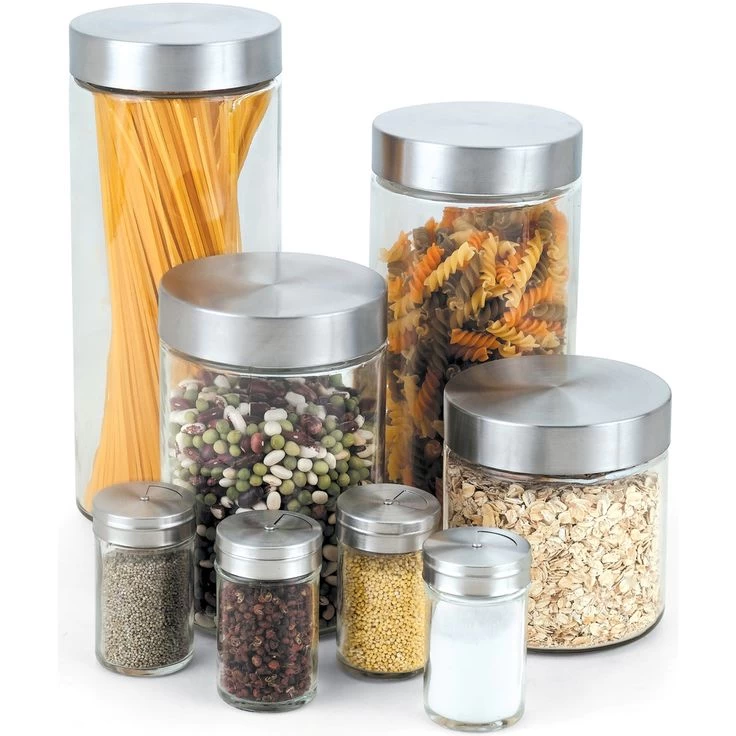
Website: http://www.glassware-suppliers.com
E-mail: info@glassware-suppliers.com
Whatsapp: +86 150 9994 2654

